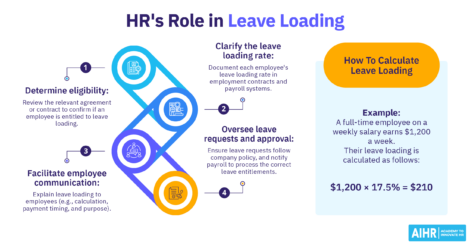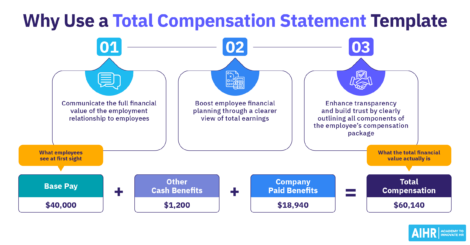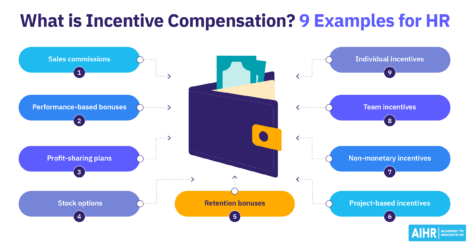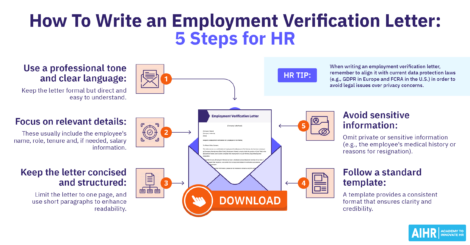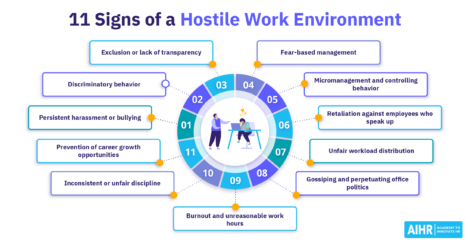Types of Compensation: A 2025 Guide for HR
Many companies offer multiple types of compensation—salary, bonuses, stock options, and benefits—but do employees see the full picture? And as an employer, do you know which types of compensation will attract, motivate, and retain top talent? It’s time to build a strategy that works.

If organizations want to reward their employees fairly, they need to understand different types of compensation and how to create attractive compensation packages. Let’s examine the different types of compensation employers can offer.
Contents
What is compensation?
What are the different types of employee compensation?
– Direct compensation
– Indirect compensation
– Total compensation
What is compensation?
Compensation refers to any payment given by an employer to an employee during their period of employment. In return, the employee will provide their time, labor, and skills.
This compensation can be in the form of a salary, wage, benefits, bonuses, paid leave, pension funds, stock options, and more. Compensation is also sometimes referred to as remuneration outside of the U.S. and Canada.
Understanding the different types of compensation is critical to creating an attractive compensation package for your current employees. Not only will this help you retain your top talent, but it will also help you attract new talent to your organization—as long as you set yourself apart from your competition.
If you haven’t yet given much thought to your compensation and benefits strategy, you’re potentially missing out on improving your employees’ overall happiness and engagement, along with your employee retention figures and employer brand.
Conducting a compensation analysis and creating a solid compensation strategy are the responsibilities of HR and compensation and benefits professionals. Where there isn’t a Human Resources team in place, this will usually fall on the business owner or manager.
What are the different types of employee compensation?
Compensation plans vary from country to country. For example, in the U.S., health benefits often make up a large part of an employee’s compensation and benefits package. Whereas in parts of Europe, parental leave, childcare, and lunch expenses are more common.
There are two main types of compensation:
Everyone involved in creating an employee compensation plan and pay structure must first understand the different types of compensation. The organization is responsible for explaining the full value of the compensation plan to all candidates and employees.
It is especially important during the hiring process, as well as performance and salary reviews. With so many different options available within the main two types of compensation, employees can easily become confused.
Here are some common types of compensation: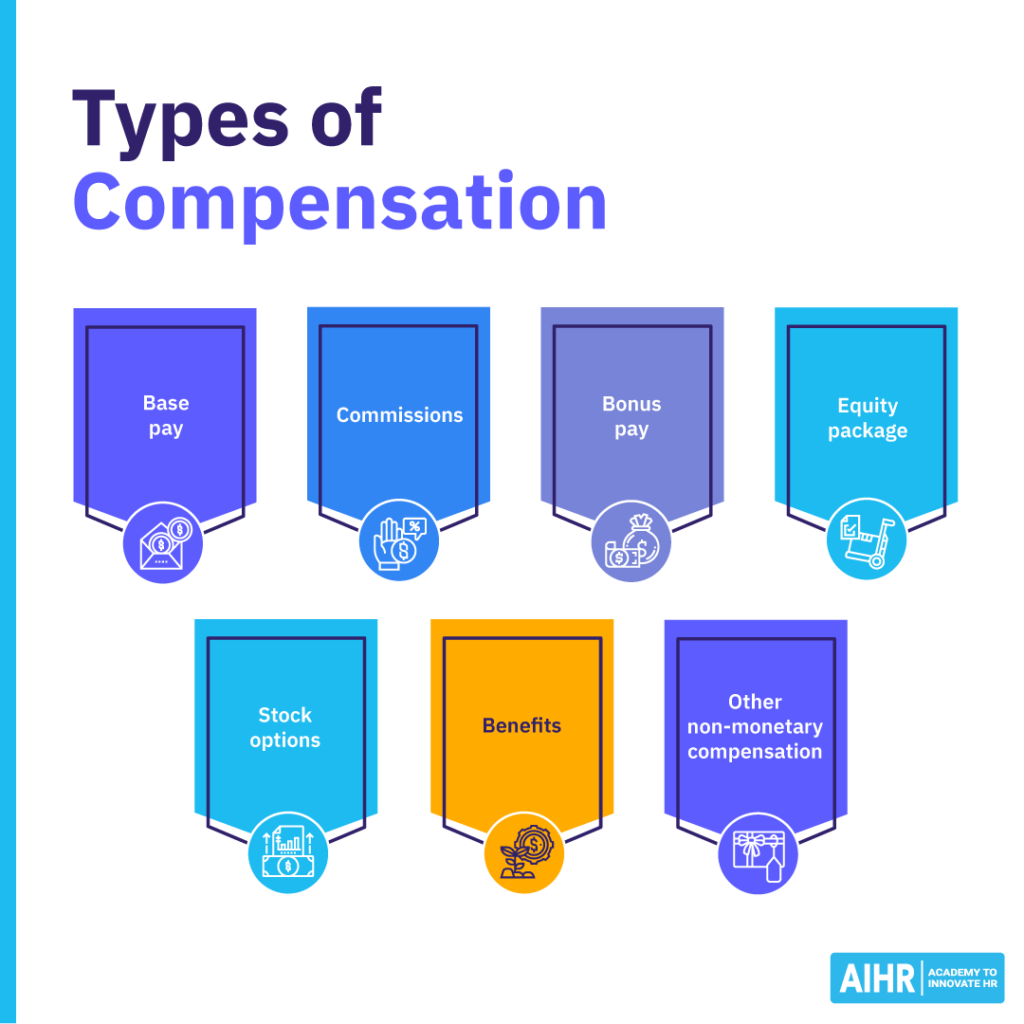
Let’s explore these and more types of compensation in more detail.
Direct compensation
Direct compensation is a financial (or monetary) form of compensation. Here are the main types of direct compensation:
Hourly
Hourly wages are often provided to unskilled, semi-skilled, temporary, part-time, or contract workers in exchange for their time and labor. Jobs where some employees receive hourly wages include the retail, hospitality, and construction industries.
Employees who receive hourly wages are usually able to earn overtime pay. This pay consists of any additional hours worked outside of their set contract.
When setting your employees’ wages, you need to be compliant with the local minimum wage legislation.
Salary
Annual salaries are typically provided to most full-time or skilled employees and those who fill management positions. A salary often indicates that the organization has invested in this employee for the long term.
Examples of employees who receive a salary include teachers, accountants, doctors, and retail and hospitality managers.
Both hourly wages and salary make up an employee’s base pay or base salary.
Master compensation strategies to attract and retain top talent
Understanding different types of compensation is key to building fair, competitive, and motivating reward structures. But how do you design a compensation strategy that balances business goals with employee satisfaction?
With AIHR’s Compensation & Benefits Certificate Program, you’ll gain the skills to develop equitable pay structures, optimize benefits, and align rewards with performance. Stay ahead in HR with expert-led, self-paced learning!
Commission
Commission is a common form of compensation provided to employees in sales roles. It will usually be based on a predetermined quota or target. The higher the quota reached, the higher the commission pay will be.
Commission rates are often based on various specified factors, including revenue and profit margins.
Some employees will work on commission only or obtain a base salary with commission.
Bonuses
Companies often offer bonuses to employees based on year-end business results or the individual meeting their set goals. Sometimes, the decision is at the manager’s discretion. In that case, it’s referred to as discretionary bonus.
Bonuses can be paid annually, quarterly, or even after the completion of each project.
Both commission and bonuses fall under incentive pay, along with piece rate, profit sharing, stock options, and shift differentials.
However, bonuses can also be paid without an employee meeting a particular target. For example, if the business has had a great year and decides to reward everybody. In this case, the bonus would be classified as variable pay.
Merit pay is often given to an employee who meets their targets or performs well in their role.
Specific types of bonuses include:
- Signing bonus: A one-time payment offered to new hires as an incentive to join a company. These are often used in competitive job markets or high-demand roles to attract top talent.
- Retention bonus: A bonus given to employees who stay with a company for a certain period.
Other types of direct compensation
Tips are also a common form of compensation in people-based industries, particularly hospitality. Some businesses implement tip pooling or tip sharing, where tips are distributed among employees.
Another type of direct compensation is deferred compensation, which includes:
- Annuities: Structured payments made to employees after a certain period, often as part of an executive compensation package.
- Deferred bonus plans: Performance-based bonuses that are paid in future years rather than immediately.
- Piece-rate pay is when employees earn wages based on their output rather than time worked. This is common in industries such as manufacturing (e.g., paid per unit produced) and agriculture (e.g., paid per basket of fruit harvested).
Indirect compensation
Indirect compensation is still a financial form of compensation since it has a monetary value. However, employees do not directly receive it in cash form, at least not immediately. That’s why certain types of indirect compensation are viewed as monetary, while others are deemed non-monetary. This often varies between organizations.
Indirect compensation is often viewed as employee benefits or perks of the job.
Here are some common examples of indirect compensation:
Equity package
Equity as part of a compensation package essentially means the employee is offered equity (ownership) in the company, either through shares of stock. Employees receive a portion of the company’s equity outright or through a vesting schedule. This is a common practice in startups and high-growth companies that may not have large cash reserves for competitive salaries but want to offer long-term financial incentives.
Stock options
Stock options do not provide immediate ownership. Instead, they give employees the right to buy shares at a fixed price (strike price) in the future. In other words, they offer the right to purchase ownership. If the company’s stock value rises above the strike price, employees can buy the shares at a discount and profit from the difference.
Many stock options require employees to work between three to five years before they can access this compensation, which is referred to as the vesting period. For example, a robotics company might grant stock options with a four-year vesting schedule to encourage employee retention.
Restricted Stock Units (RSUs)
RSUs are actual shares of company stock granted to employees once they meet certain conditions (such as tenure or performance goals). Unlike stock options, employees do not need to buy RSUs—they are awarded directly once vested.
This option is popular, for example, with large public companies that want to offer predictable value. A Fortune 500 retailer might offer RSUs to executives instead of stock options for more stable, guaranteed ownership.
Stock Appreciation Rights (SARs)
Stock Appreciation Rights (SARs) are similar to stock options but without requiring employees to purchase shares. Instead, employees receive the value of stock price growth as a cash or stock payout.
SARs are a great option for companies that want to reward employees without equity dilution.
Benefits
Typical employee benefits usually include health insurance, life insurance, retirement plans, disability insurance, legal insurance, and pet insurance.
Health insurance is a common employee-sponsored benefit in the U.S., as discussed since it’s expensive to purchase. On the other hand, in most European countries, healthcare is public, funded by taxes, and provides universal or near-universal coverage.
Retirement funds and pension plans are also common benefits that employees look for when considering a new role at a new organization.
A survey found that 48% of job seekers in the U.S. said they would be more likely to apply for a job that came with good benefits. So although the base pay you offer is important, thinking about your overall compensation package is essential.
401(k) matching
401(k) matching is increasingly seen as a must-have benefit in the U.S. It’s an employer contribution to an employee’s 401(k) retirement savings plan based on the employee’s own contributions. This benefit helps employees build retirement savings faster, as the employer is essentially adding “free money” to their account. It helps recruit and retain employees while offering tax advantages to employers.
Employer contributions are tax-deductible, reducing company tax liabilities. Many businesses see this as a cost-effective way to boost employee compensation.
Here are the common types of employer matches:
- Dollar-for-dollar match: The company matches 100% of contributions up to a set percentage (e.g., 5% of salary).
- Partial match: The company matches 50% of contributions up to a certain limit (e.g., 50% of the first 6% of salary contributed).
- Discretionary match: Employers decide annually whether to provide a match, often based on company performance.
Non-monetary compensation
Non-monetary compensation includes benefits like:
- Paid or non-paid time off
- Flexi-time
- Learning and development opportunities
- Parental leave
- Childcare
- Company cars
- Phones or laptops
- Company-provided meals.
A survey by Fractl found that American employees value healthcare most as a benefit. Still, additional forms of indirect compensation, including extra vacation time, daycare, and tuition reimbursement, also made the most-wanted list.
Silicon Valley companies offer their employees a wide variety of ever-enticing perks, including concerts, onsite yoga classes, massages, free accommodation stays while on vacation, foosball tables, and catered lunches.
Although some of these forms of compensation seem small or superfluous, they can make a tremendous difference in your employees’ days, improving their overall happiness in and outside of the workplace.
It’s important that you offer a variety of benefits that will appeal to different types of people you employ and are looking to hire in the future. For example, if any of your employees have just become new parents or are looking to start or grow a family within the next few years, they will highly value benefits like parental leave and childcare.
In addition, certain forms of compensation can be viewed both as a perk and a disadvantage, depending on the rules you apply to it. For instance, if you provide all employees with a company laptop, are they required to keep this solely for business purposes, or are they free to use it for personal use? Some individuals could view having two laptops as a hassle. Others may not like the idea of the company tracking and monitoring their entire private browsing history. This is why it’s essential to get clear on who your core employees are and what they want before creating a compensation plan.
Once again, there are differences in what counts as non-monetary compensation between organizations.
Total compensation
An employee’s total compensation consists of all the financial rewards they receive from their employer. This includes salary, bonuses, stock options, and employer-paid benefits—all of which vary by job level and role.
Providing employees with a clear breakdown of their total compensation helps them understand their earnings and incentives from the start.
How to present total compensation
Using a total compensation statement template can help streamline the process of communicating and documenting compensation, ensuring employees receive a clear, standardized breakdown of their earnings, benefits, and incentives in an easy-to-understand format.
You can present the total compensation package in two ways:
Option 1: Two main categories
Total compensation overview can be divided into:
- Direct compensation: Base salary, bonuses, commissions, stock options.
- Indirect compensation: Benefits like healthcare, company car, retirement plans, paid time off.
Option 2: Detailed breakdown
You can also break it down further into subcategories, such as:
- Financial compensation: Salary, bonuses, commissions, stock options.
- Retirement & long-term benefits: 401(k) matching, pension funds, profit-sharing.
- Health & wellness benefits: Insurance, mental health support, gym memberships.
- Learning & development benefits: Professional development budget, tuition reimbursement.
Each new hire should receive a clear report of their total compensation so they know:
- What they automatically receive (e.g., base salary, healthcare)
- What they can earn through performance (e.g., bonuses, commission).
Why transparency in total compensation matters
When companies are open and strategic about their compensation structures, they see:
- Higher employee engagement: Employees value knowing their full benefits.
- Lower turnover: Clear compensation plans help improve retention.
- Stronger employer branding: A well-structured total compensation package attracts top talent.
Additionally, HR must ensure compliance with federal and state compensation laws. While a basic set of compensation is required by law, a competitive package will set you apart from competitors and help you retain top employees.
The right compensation package will help you attract and retain talent
Understanding employee benefits and types of compensation and creating attractive compensation packages for all your employees is essential to attracting top talent to your organization and keeping those employees happy.
Many companies offer similar base salaries, so when employees compare job offers, they look beyond wages to evaluate the full compensation package. Employer-paid benefits—such as health insurance, retirement contributions, performance-based bonuses, and stock options—can make a significant difference in their decision.
A competitive compensation plan is a key part of your employee value proposition and directly impacts your ability to build and retain a strong workforce. A well-structured package that includes a mix of direct pay and valuable benefits can set your organization apart.
If you haven’t yet created or updated your compensation strategy, now is the time to develop a plan that supports both employee wellbeing and long-term business success.
Learn more
Related articles
Are you ready for the future of HR?
Learn modern and relevant HR skills, online







